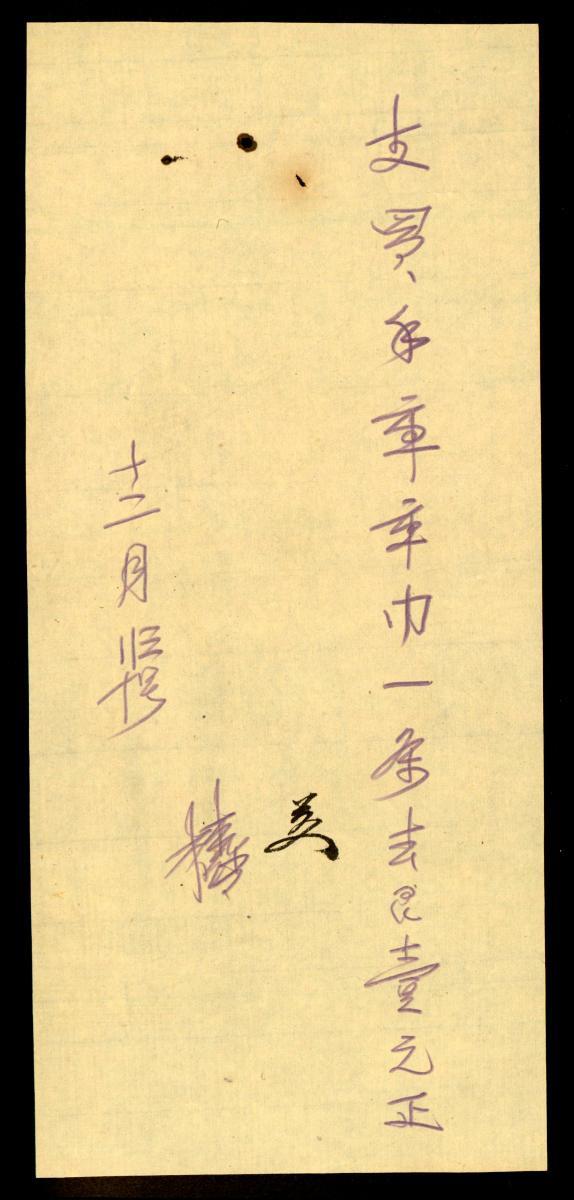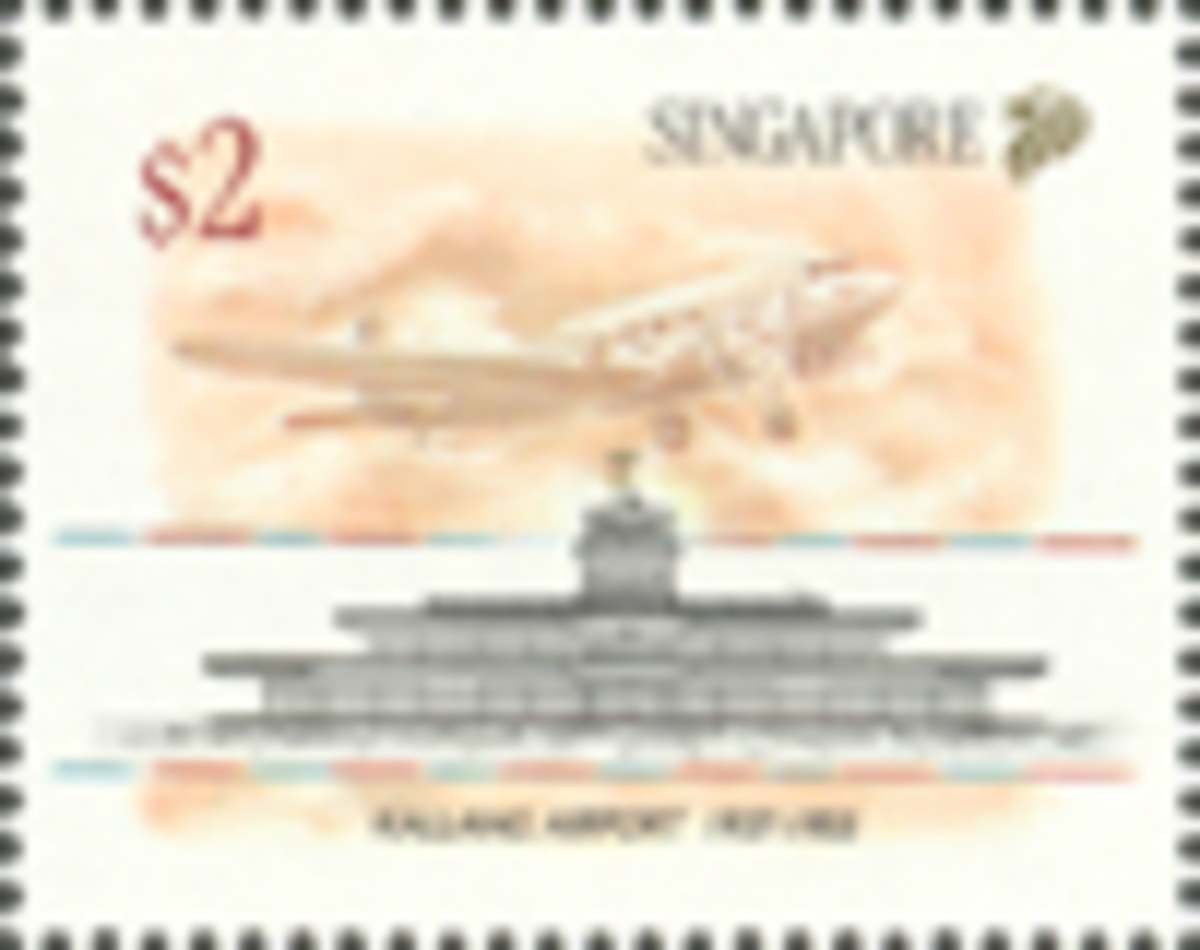Born in 1943 in Singapore, Lu Guo-Xiang’s artistic practice and period of activity may fall into the classification of the second generation of Singapore artists who have trained overseas in Europe and America, with peers including Choy Weng Yang, Teo End Seng, Tan Teo Kwang, Goh Beng Kwan, Anthony Poon, and Eng Tow. Yet his exploration in aesthetic and art social circle lapse over to include figures such as Earl Lu, Milenko Prvacki, and Zhuang Shengtao. Furthermore, he did not seem to have studied or apprenticed under any of the pioneer Singapore artists such as Chen Wen Hsi and Cheong Soo Pieng. Lu Guo-Xiang’s formal exposure to the art practice was made possible through evening classes at Chelsea School of Art in London (1962 – 1964), while he was there to obtain legal qualifications at Middle Temple. It was at these evening classes in Chelsea School of Art that Lo’s talent was spotted by a lecturer named Michael Solomon, who encouraged to continue his pursuit of art full-time. In 1964, Lu Guo-Xiang enrolled into the Camberwell School of Art and Craft (current Camberwell College of Art) to continue his quest in art and painting. There, he met Robert Medley, who was the Head of Painting then, and was greatly inspired by Medley’s introspective ways and an approach to painting that reflected his desire for order and structure in painting through hard-edge abstraction. From London, Lu returned to Singapore for a short stay before relocating to Bergen in Norway, followed by Paris in France. During his time in Europe, Lu had two solo exhibitions at Galleri 1 in 1972 and 1974 at Norway. At the same time, he made regular visits to Singapore and was an active member of Alpha Gallery Group. When the National Museum Art Gallery was formed and held its inaugural exhibition in 1976, Lu was one of the selected participating artists. The works that he had shown in that exhibition was subsequently acquired into the National Collection in Singapore. In 1978, Lu moved back to Singapore to continue his duo-life as a lawyer and an artist. While he worked as a litigation lawyer until his retirement in 1996, Lu continued to steadily pursue his ideals and aesthetics in painting and art. In the recording of an artist’s practice, this artwork signify crucial moments in the development of Lu Guo-Xiang’s artmaking process and philosophy of art.















